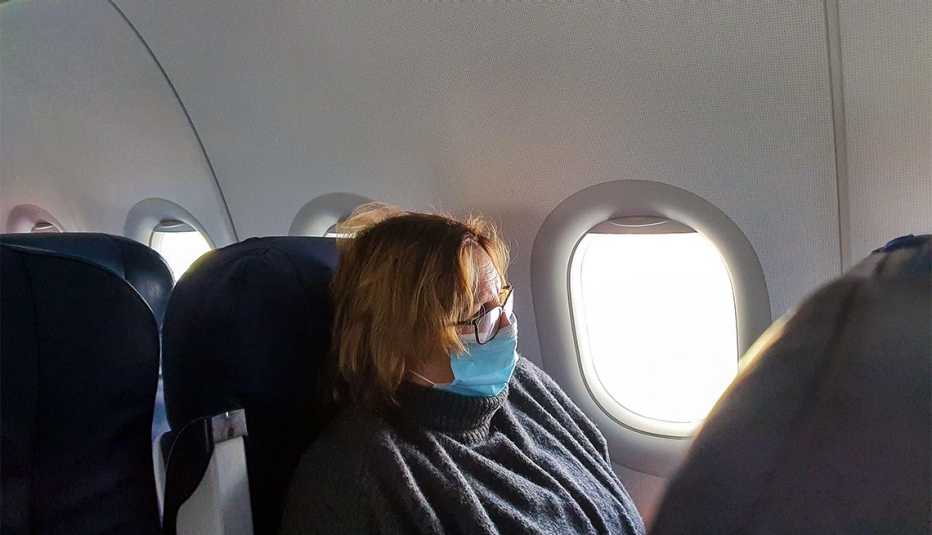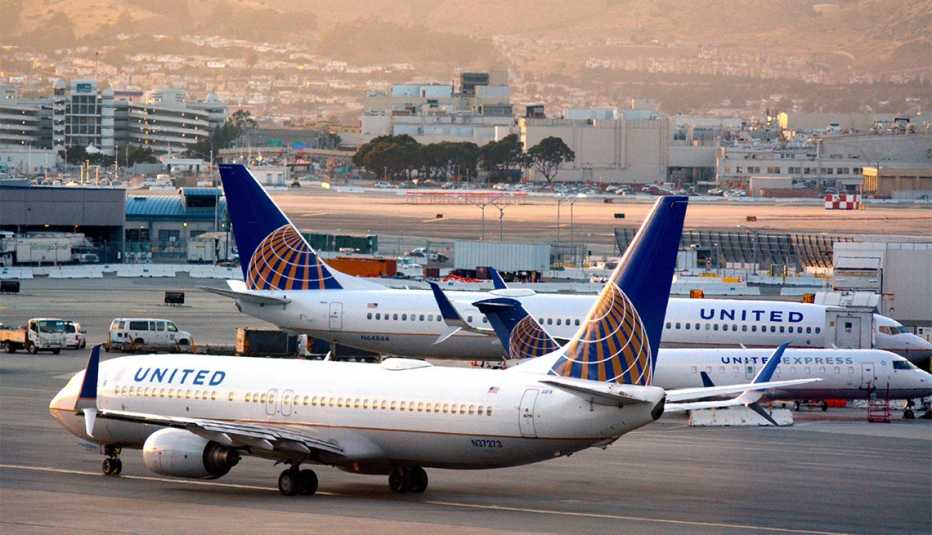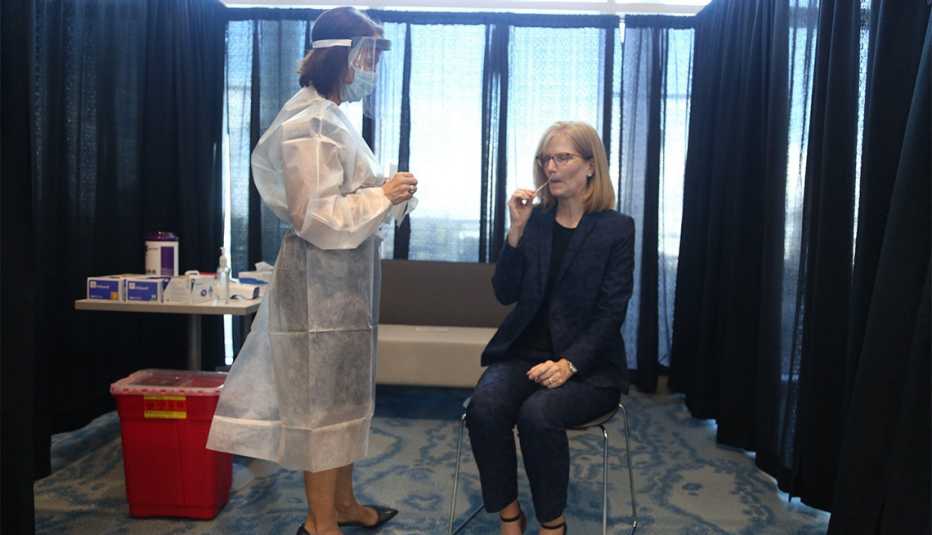AARP Hearing Center
Christina Ianzito,
Air travel during the pandemic is no more risky than going to a grocery store, says a Harvard University report out this week.
Researchers found “a relatively very low risk of acquiring SARS-CoV-2 [COVID-19] while flying” thanks to plane air-filtering systems and requirements that passengers wear masks.
Researchers from Harvard T.H. Chan School of Public Health explained that powerful HEPA (high-efficiency particulate air filters) systems on planes that change the cabin air 20 to 30 times an hour, coupled with passengers’ consistent compliance with mask rules make air travel an unlikely source of infection. And, they said the low-risk of infection applies no matter where you sit. “We didn't see any meaningful difference at all” in the potential risk of sitting in a window, middle or aisle seat, said Jack McCarthy, an environmental health-risk expert and president of the consulting firm Environmental Health & Engineering, who was part of the Harvard research team.
The report is based on a study of virus particle flow in airplanes that was funded by the airline industry's Aviation Public Health Initiative. The researchers stressed that their analysis of the results is nonetheless impartial, and it confirms similar conclusions reached by a recent Department of Defense study that found that the odds of the tiny virus droplets expelled by an infected passenger reaching the “breathing zone” of another passenger are only 3 in 1,000 — if both are wearing masks.
Risk is likely no longer low, however, if “someone does something really obnoxious, like takes off their mask and coughs on you,” said John Spengler, an environmental health professor at Harvard's Chan School.
McCarthy noted that passengers should minimize the time they take off their masks for eating and drinking: Don't “take 45 minutes to drink a cup of coffee,” he said. And the report suggests that “when one passenger briefly removes a mask to eat or drink, other passengers in close proximity should keep their masks on.”



































































